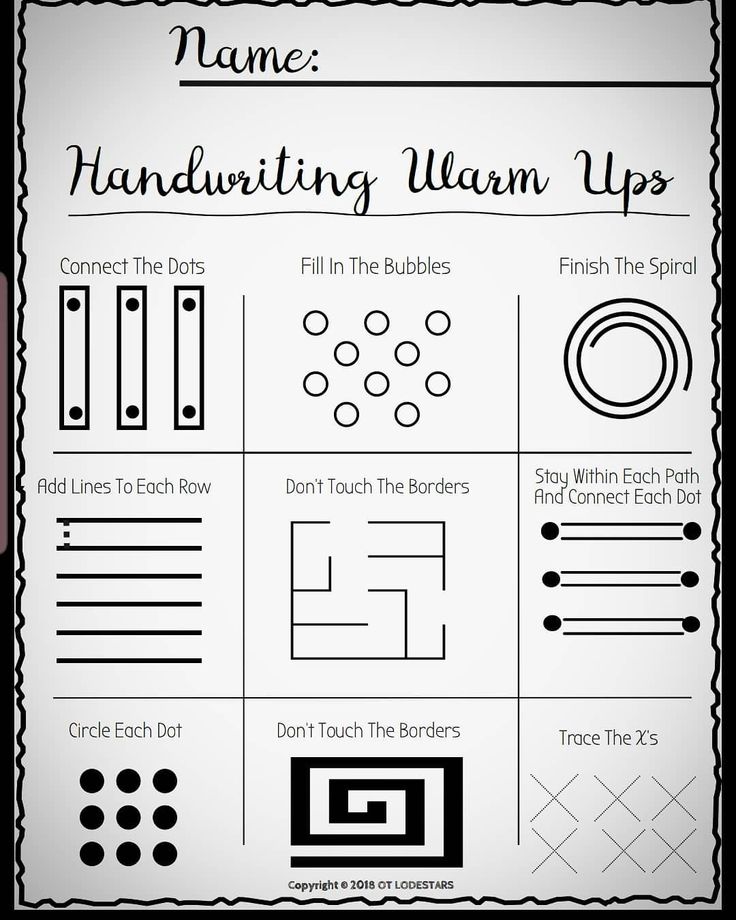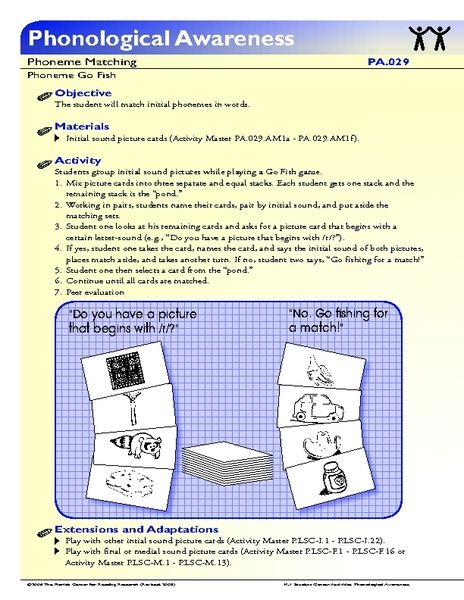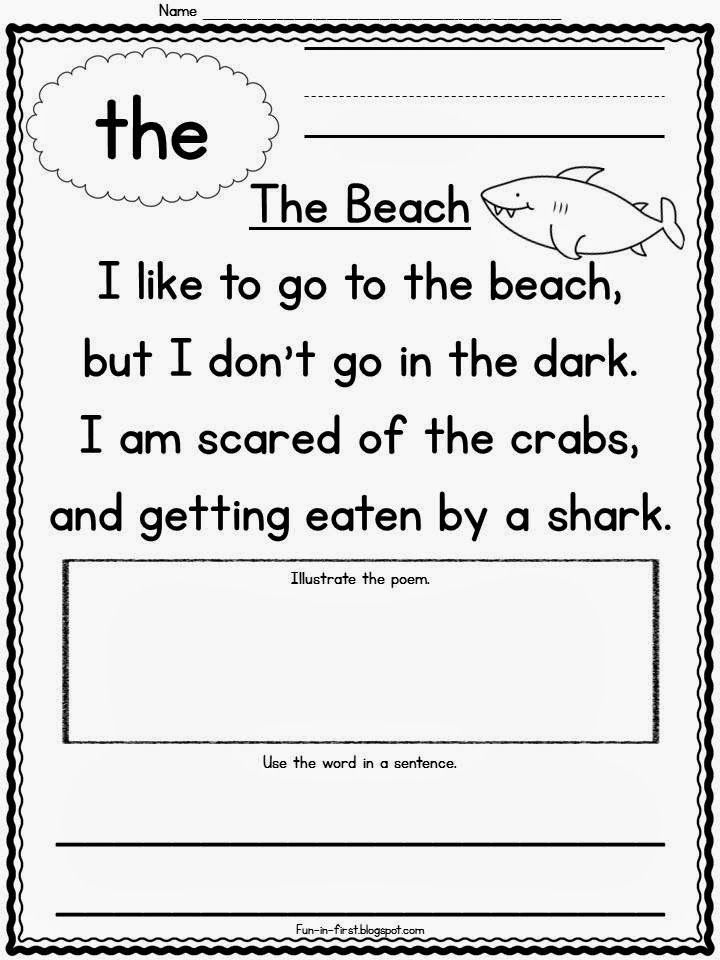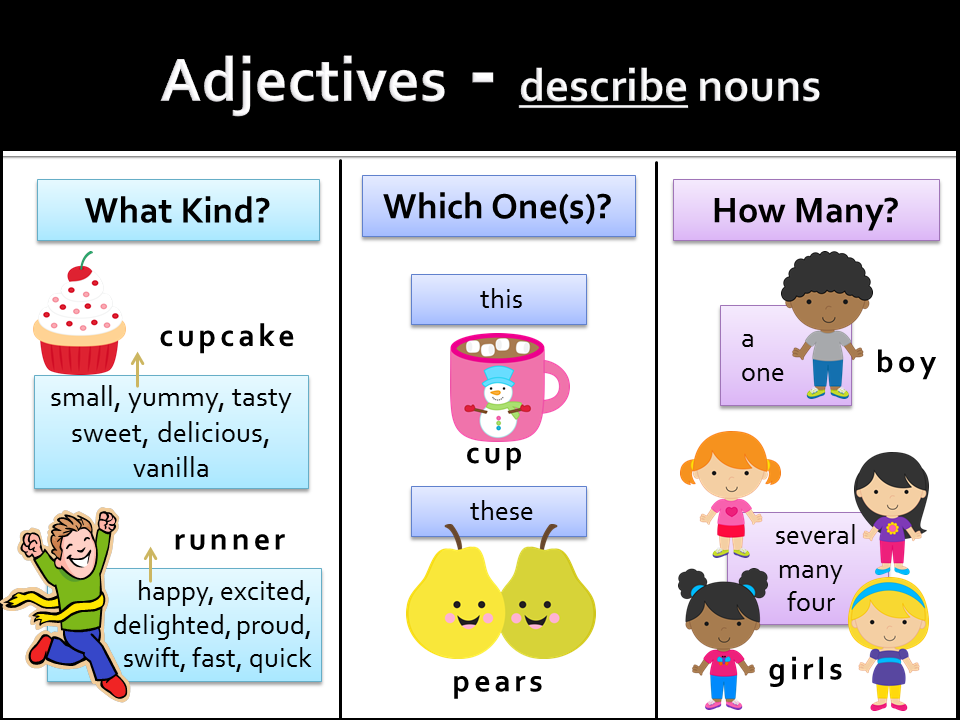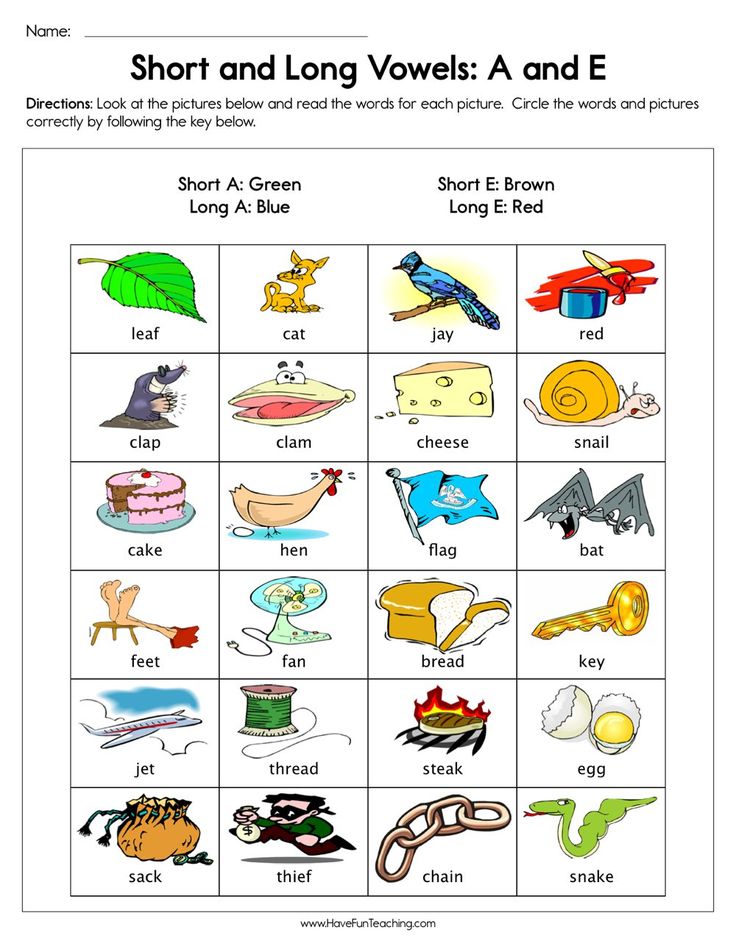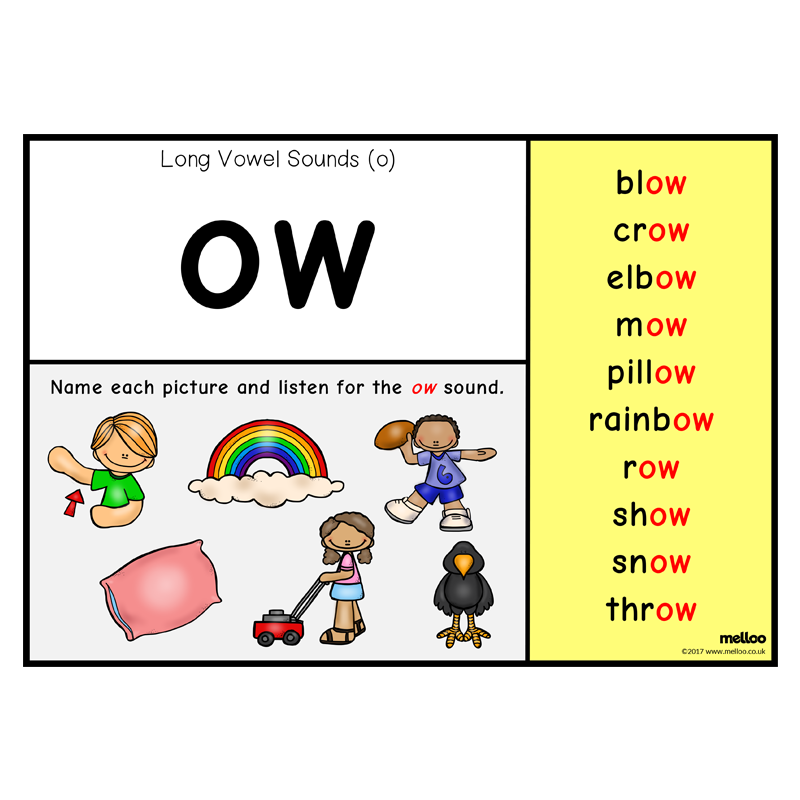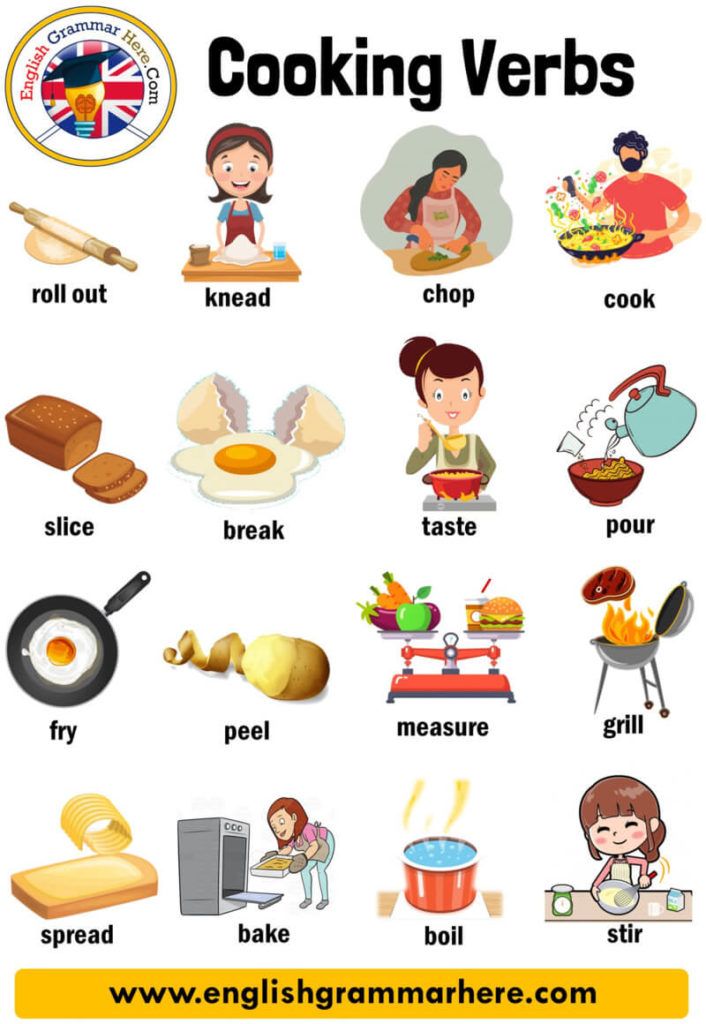Pre writing skill activities
7 Simple Prewriting Activities for Your Preschooler
Before children can master how to form letters and handwriting, they must first learn basic pre-writing skills. In this post, we will introduce you to some helpful prewriting activities and skills.
What are prewriting activities?The lines and strokes that make up letters and other written forms are all part of “prewriting skills”. Children practice and master these steps before they learn how to write the letters of the alphabet. Lines should be practiced in sequence. The method and speed at which children learn lines and strokes depend on each child’s age. Below is a quick guide to the developmental sequence:
-
At age 2, most children will start to imitate writing a vertical line. Then around age 3, they will copy and master drawing vertical lines.
-
Around age 2 and 1/2, they will start to imitate drawing horizontal lines.
They can copy and master these lines around age 3.
-
Drawing circles can be imitated by children when they're 2 and 1/2. At age 3, they can copy and master drawing this shape.
-
Drawing cross shapes can be imitated by children aged 3 and 1/2. They can copy them by age 4.
-
Children start to learn to draw squares at age 4.
-
Children start to learn to draw right and left diagonal lines at age 4 and 1/2.
-
Children can draw triangles and Xs at age 5.
Prewriting activities are vital because it is during this phase of the writing process in which children start putting their ideas in print.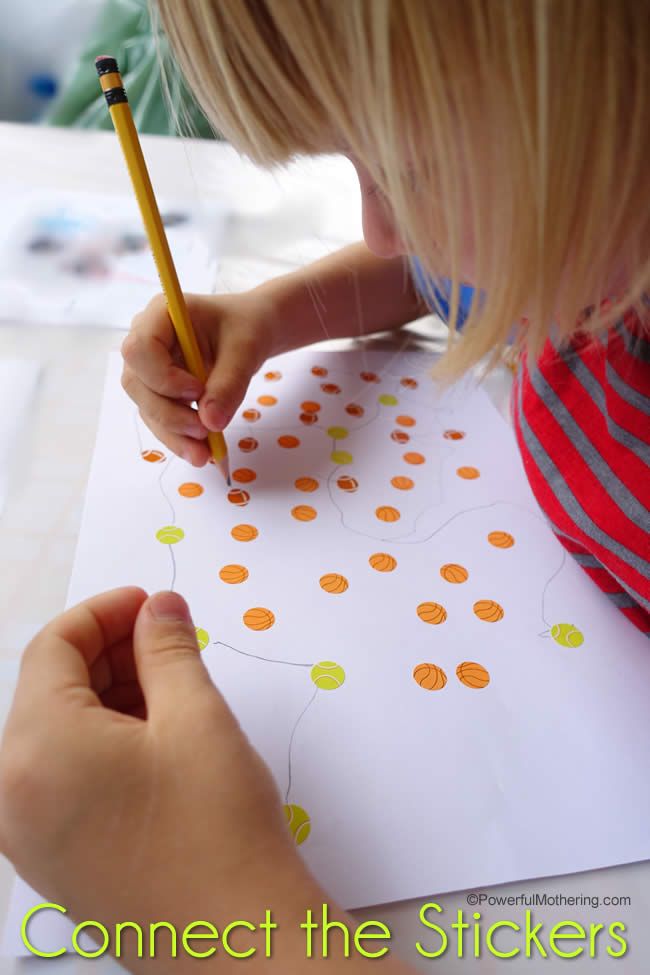 They are the foundation that enables children to learn how to write efficiently.
They are the foundation that enables children to learn how to write efficiently.
Playdough is a great option for prewriting activities. It improves children's fine motor skills as they flatten, roll, pull, and shape the dough. This activity also improves dexterity.
Make the most out of this activity by using accessories such as molding kits, scissors, and loose parts. If you want to take this activity to the next level, check out some playdough recipes online and have some fun doing them with your children.
Water-paintingThis pre-writing activity works best for preschoolers. Pour some paint on a flat surface and let children dip their fingers in the water. They can use just one hand or both hands to do this activity. When they’re finished, children need to squeeze out the excess water from their fingertips and watch how it forms droplets and drips down the surface.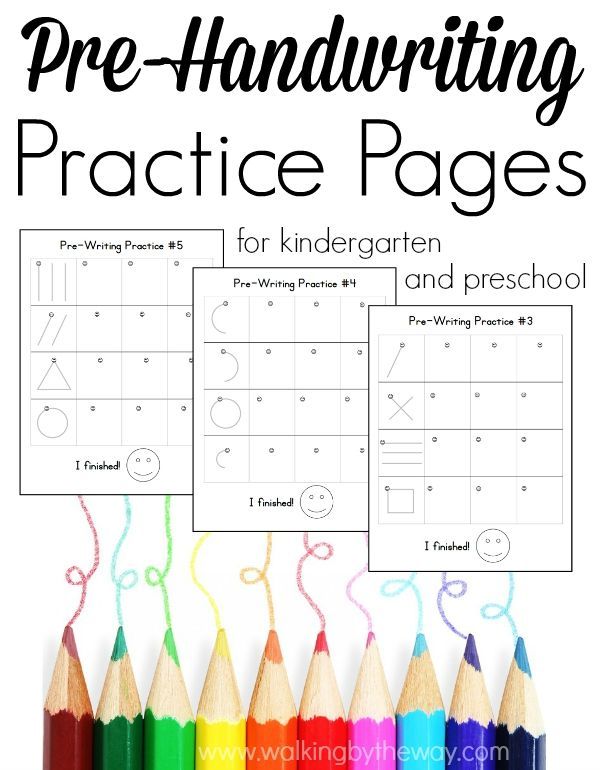 This is a great way to introduce the concept of learning letters to preschoolers.
This is a great way to introduce the concept of learning letters to preschoolers.
You can help children create letter paintings by tracing their hands with felt-tip pens on paper or cardboard. When they’re done, let them paint over them using watercolors. Afterward, you can hang up their letter paintings in your home.
Creating art with carsPainting with toy cars is great for children who love vehicles. The tracks they produce with paint are a great way to grab their attention. You can also attach a marker and let your child draw lines as they control the car.
Drawing on boxesThis activity helps children learn how to create different shapes. They can use their fingers, hands, or feet to draw on a box of any size and shape. You can add colors in between the lines, or just use a black marker.
Cutting activities
Snipping and cutting with scissors help children develop control and fine motor skills.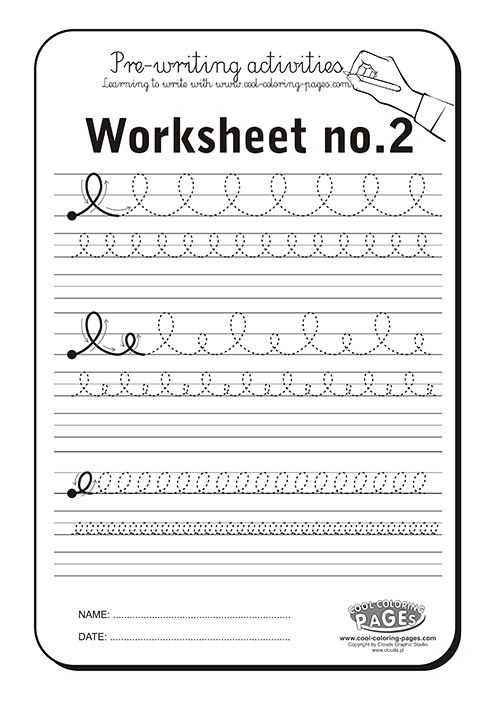 During some sessions, allow them to freely cut and snip any figures that they want. Then on other days, you can draw shapes with different outlines (curved or straight) or corners, and have children cut out the figures.
During some sessions, allow them to freely cut and snip any figures that they want. Then on other days, you can draw shapes with different outlines (curved or straight) or corners, and have children cut out the figures.
Cutting activities don't have to be limited to scissors and paper. Make it even more challenging and fun by using gelatin or playdough.
Scoop and pourSet up two containers. Place some rice, sand, or any other item in the containers. Then have your child transfer some of the rice or sand by scooping some from one container, and pouring the contents out of the other. Through this prewriting activity, your child can develop hand stability and strength.
Ball-throwing gamesThrowing and catching a ball are great for strengthening the arms, exercising elbows and shoulders, and practicing wrist rotation. These large movements are beneficial to children when they finally start writing.
At Mrs.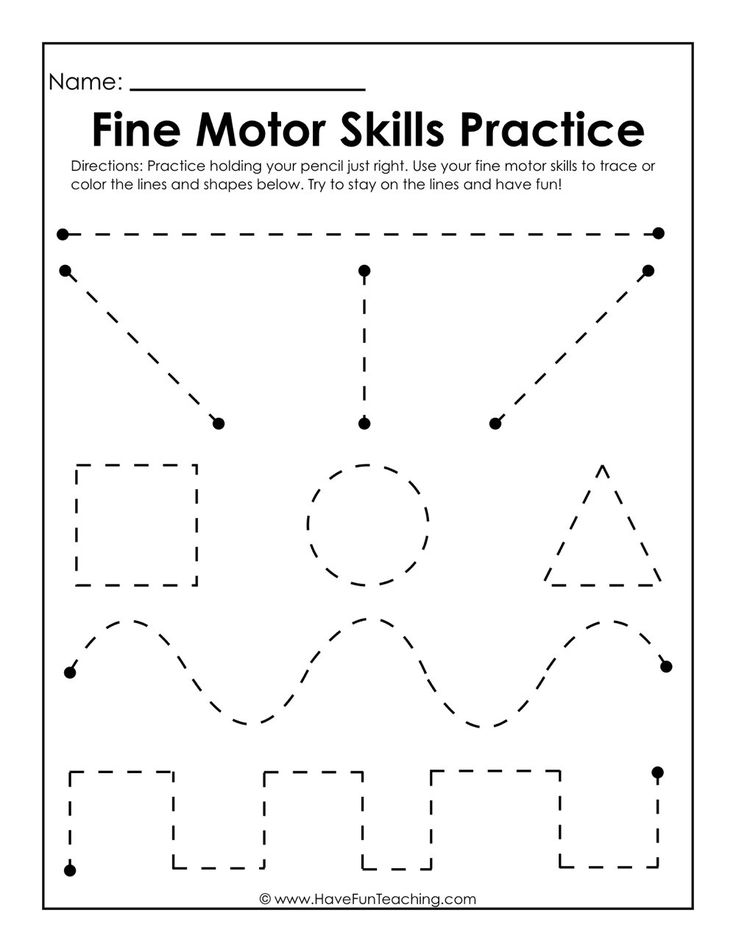 Myers' Reading Room, we support pre-writing activities in our classes. Contact us today for more information!
Myers' Reading Room, we support pre-writing activities in our classes. Contact us today for more information!
Pre-Writing Activities for Preschoolers - WeAreTeachers
Pre-writing activities for preschoolers not only help our youngest learners learn the shape and structure of the letters in the alphabet, but they also serve a number of other functions as well. According to education blogger Lisette, from Where Imagination Grows, pre-writing practice teaches directionality in writing, encourages fine muscle development and coordination, and also helps students process sensory information critical to the writing process.
Here are 22 super fun, easy-to-make activities that your preschoolers will love!
1. Squishy Bags
Source: Learning4kids
All you need to make these awesome sensory bags is resealable zipper storage bags, flour, water, and food coloring. Kids can use cotton swabs or their fingers to draw shapes, lines, and letters on the bag.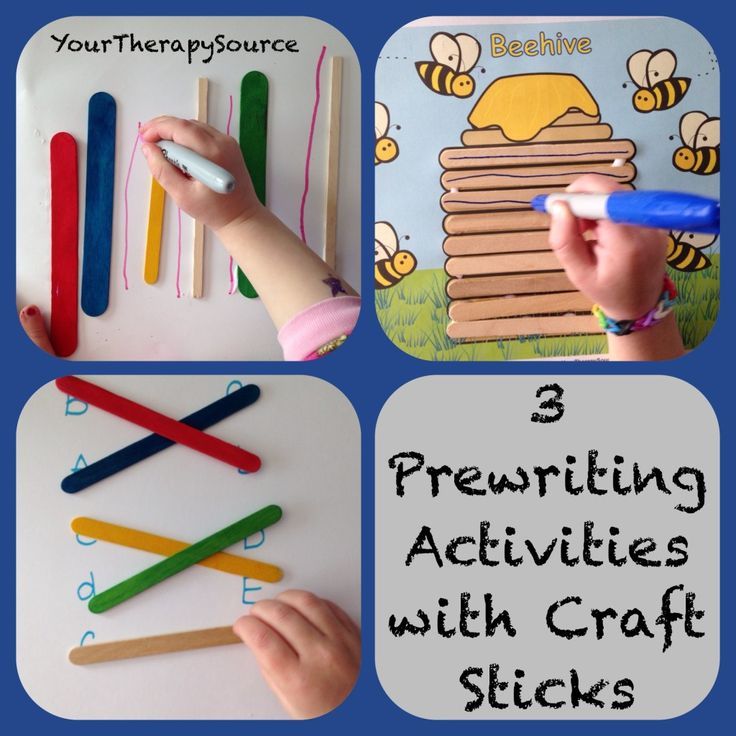
2. Bubble Wrap
Source: Coffee Cups and Crayons
What a great way to recycle all that leftover bubble wrap! Simply write letters on sheets of bubble wrap with a Sharpie and let kids pop their way to letter recognition.
3. Play-Doh Snakes
Source: In My World
Kids can’t resist the sensory lure of Play-Doh! For this activity, kids can roll small balls of dough into long snakes and form letters by bending and joining the snakes together.
4. Play-Doh and Drinking Straws
Source: KidActivitiesBlog
Flatten out a medium-size piece of Play-Doh on a flat surface. Then use a sharp object to draw a letter on the flattened area. (Make sure that the letter is large enough to be easily recognizable when filled with straws.) Cut plastic straws into one-inch segments. Let kids “trace” the letters with the colorful straw segments.
5. Dot Markers
Source: 3 Dinosaurs
Students use dot markers to practice the mechanics of writing and get used to the angles and curves of letters.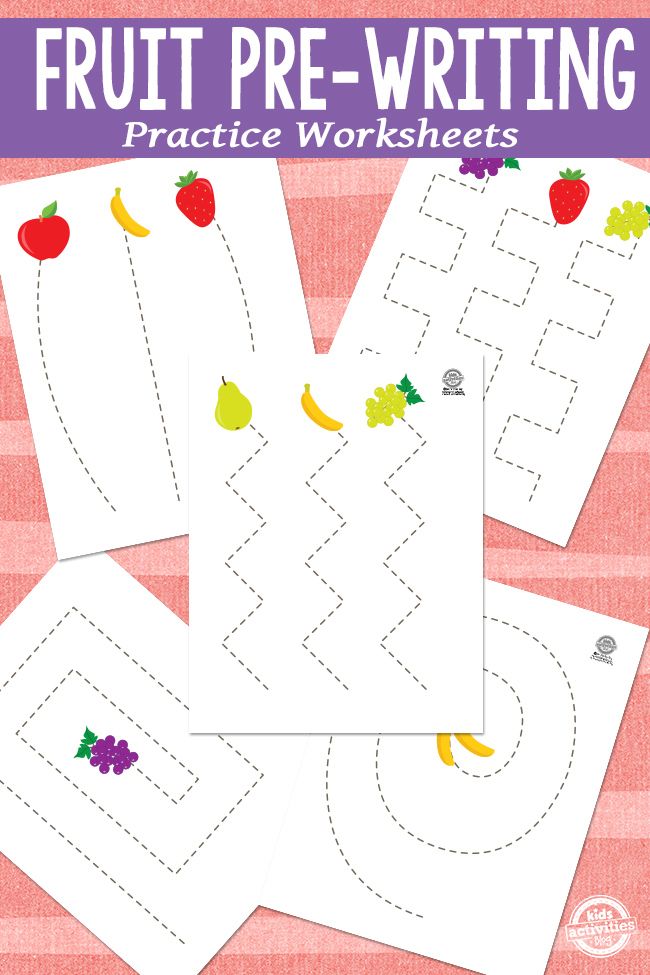 Click on the link above to download 12 free pages of pre-writing dot marker worksheets.
Click on the link above to download 12 free pages of pre-writing dot marker worksheets.
6. Cotton Swabs and Paint
Source: Lessons Learnt Journal
This is a fun activity to help kids work on their fine motor skills and get the hang of the all-important pencil grip.
7. LEGO Blocks
Source: Wildflower Ramblings
Blocks! Young kids can’t get enough of building and creating with them. Put their creative energy to good work with these free printable letter cards.
8. Shaving Cream
Source: Mess for Less
This classic activity is a great starting place for pre-writers. All you need is a tray and a can of shaving cream.
9. Glitter Glue
Source: Growing Hands-On Kids
Pre-writing lines are important building blocks for any preschooler to master before learning letter formations. Download this glitter glue pre-writing line practice for preschoolers activity.
10. Beads
Source: Artsy Momma
Just like the one above, this activity builds fine motor skills that your young students need to begin writing.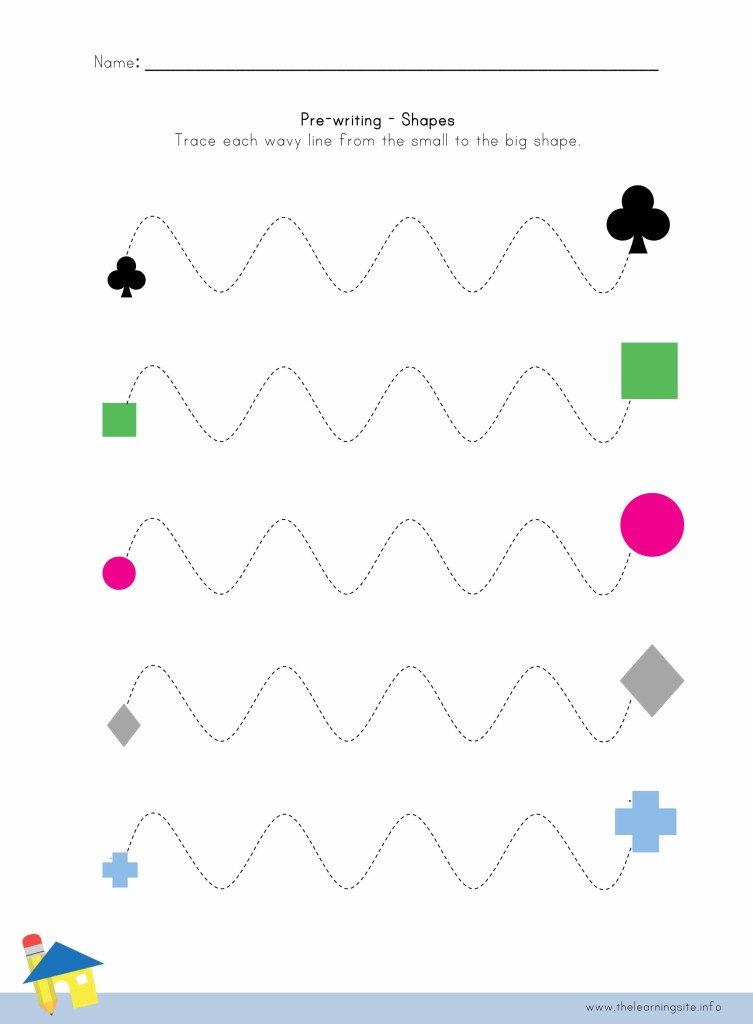 Instead of using glitter glue, though, students use inexpensive pony beads (found at any craft store) to follow the lines.
Instead of using glitter glue, though, students use inexpensive pony beads (found at any craft store) to follow the lines.
11. Sand Tray
Source: Our Little House in the Country
One of the simplest activities to put together for your students to practice pre-writing is a sand tray. Kids can use their fingers or an unsharpened pencil to practice writing. As an alternative to sand, you can fill your tray with salt, flour, cornmeal, or rice.
12. Squeeze Bottle
Source:: Playdough to Plato
Fill a plastic squeeze bottle with salt or sugar and let students trace letters on cards.
13. Rainbow Tray
Source: Where Imagination Grows
This resource is so simple to make, and kids love it! Simply tape colored tissue paper in a rainbow pattern to the bottom of a clear plastic tray. Fill it with sand, and as the kids trace lines and letters, the colors below are revealed. The image above shows the tray on top of a light table, which adds another dimension of fun to the activity!
14.
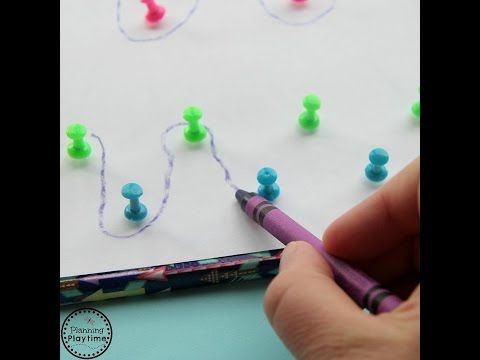 Masking Tape
Masking TapeSource: And Next Comes L
A roll of colored masking tape and a clear surface make this a fun center activity at writing time.
15. Magnet Board
Source: Days with Gray
Tape letters onto a magnet board and let your little ones trace them with magnets. In the example above, the teacher made the letters into roads, and the students drove their car magnets along them.
16. Lacing Cards
Source: Teaching Mama
Grasping a string between tiny fingers and threading the end through the holes in a lacing card is great fine motor practice for preschoolers. It also begins to build muscle memory for holding a pencil properly.
17. Buttons
Source: Learning4Kids
Preschoolers will have so much fun creating patterns, swirls, squiggles, and zig-zags with colorful buttons. And they’ll be building skills while they’re at it!
18. Sticker Line Up
Source: Busy Toddler
Preschoolers need to use a pinching motion, which builds fine motor skills, to peel sticker dots off the page.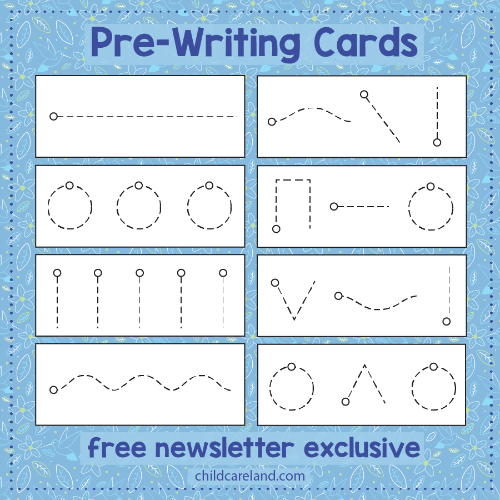 Then, they use hand-eye coordination to place each sticker on the drawn line. This activity would be perfect for a writing or free time station.
Then, they use hand-eye coordination to place each sticker on the drawn line. This activity would be perfect for a writing or free time station.
19. Fingerprint Writing
Source: Happy Toddler Playtime
Some kids may not like to get their fingers this messy, but others will adore it! For this activity, you will need poster paper and a palette of washable ink. Draw letters, shapes, and lines on a clean piece of paper. Then, show kids how to dip their pointer finger onto the ink pad, then follow the lines dot by dot.
20. Clothespin Clipping
Source: Teaching Mama
Using a clothespin takes a lot of grip strength. This image shows a student using a clothespin to choose the correct answer to a number problem, but any activity that involves clipping will help them build the fine motor skills required for writing.
21. Cutting
Source: Play of the Wild
Cutting and snipping activities with scissors are excellent ways for children to practice fine motor skills and control.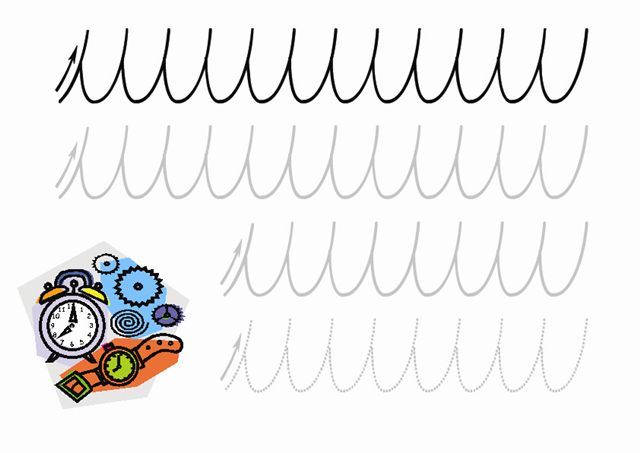 Give your students lots of opportunities to practice their cutting skills with paper, string, card stock, even Play-Doh!
Give your students lots of opportunities to practice their cutting skills with paper, string, card stock, even Play-Doh!
22. Scrunching Paper
Source: Gympanzees
Scrunching paper into a ball is great for building hand strength. Let your students use computer paper, newspaper, tissue paper, or wrapping paper. Then play a game of paper ball tag!
What are your favorite pre-writing activities for preschoolers? Share in the comments below.
Plus, check out these amazing Sensory Table Activities.
Developing Pre-Writing Skills in Toddlers - Child Development
Toddlers between the ages of three and five are passionate about exploring and learning about the world around them. They literally do it with their own hands. So, by developing useful gross and fine motor skills, as well as other preliminary writing skills (the so-called graphomotor skills), you can thereby prepare the child for the next step - to master writing. For older children, motor work will also be useful if they have any problems with writing letters or words.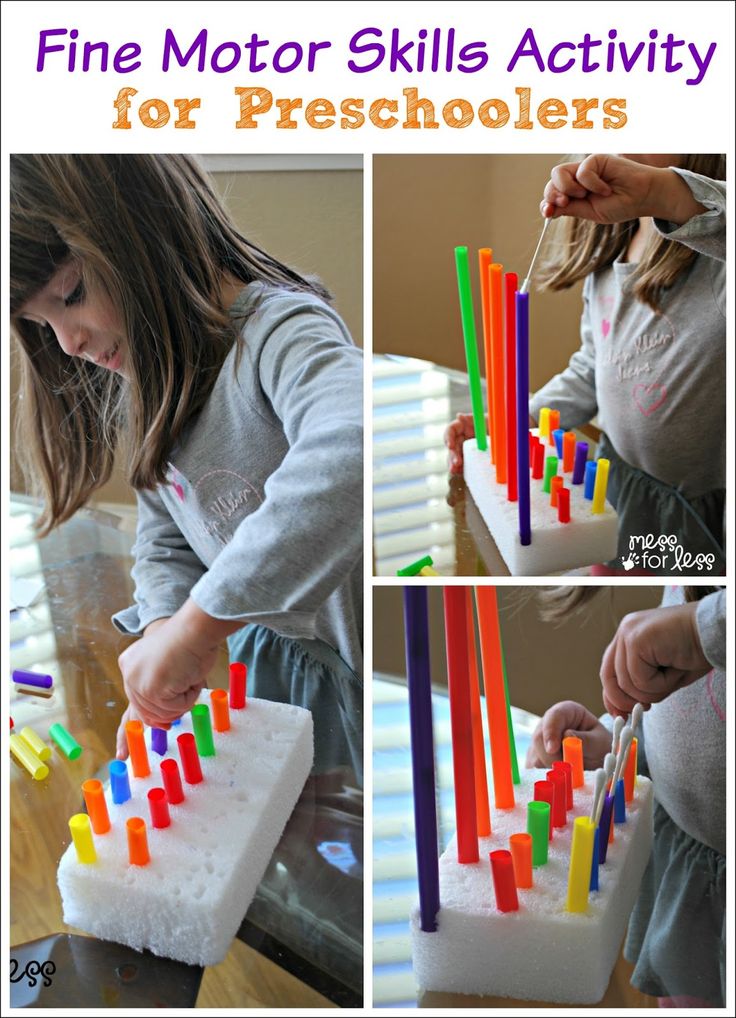
What are the preliminary writing skills?
Fine motor skills are directly related to the strength and dexterity of our movements (how well we can handle small objects). Both characteristics directly depend on the state of the small muscles of the hands involved in this. However, we also need the muscles of the forearms, which, in turn, will provide us with strong fixation and stabilization. In fact, when we hold a pencil, draw, use scissors, pins, coins, or various eating utensils (fork or spoon), we coordinate and use both types of these muscles.
Thumb, index and middle fingers perform more skillful movements, while the ring and little fingers provide stability and increase the strength of the hand as a whole. The muscular frame of the upper body, in particular in the shoulders, at the same time makes us more stable, it also needs to be developed and strengthened. It gives us the freedom to use our hands so that we can manipulate objects and control the slightest movement in a very precise way.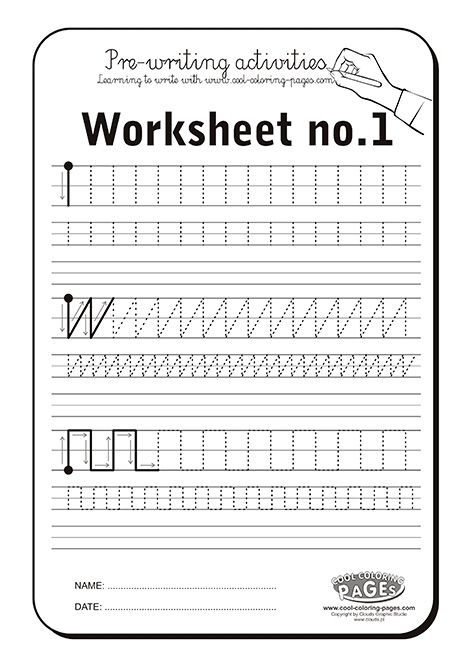
Good sensory information is also very important for hand motor skills, as it tells our brains in a timely manner about how we feel, how we move, and where our hands are when we perform a certain task. By receiving data, the brain coordinates this information (these sensations) with the visual image, and we get the opportunity to slightly adjust our movements and muscle control and thereby achieve better accuracy.
To visually understand what is happening, imagine that during the performance of some work you will be wearing a pair of massive gloves and glasses with cloudy lenses. In this case, of course, it will be difficult for you to coordinate your movements when performing tasks of any complexity! That is why, while developing preliminary writing skills, the child's brain must receive and distribute the most accurate sensory information from its muscles.
Here are some tips you can use to help your child develop good pre-writing skills:
General advice
- Desk position.
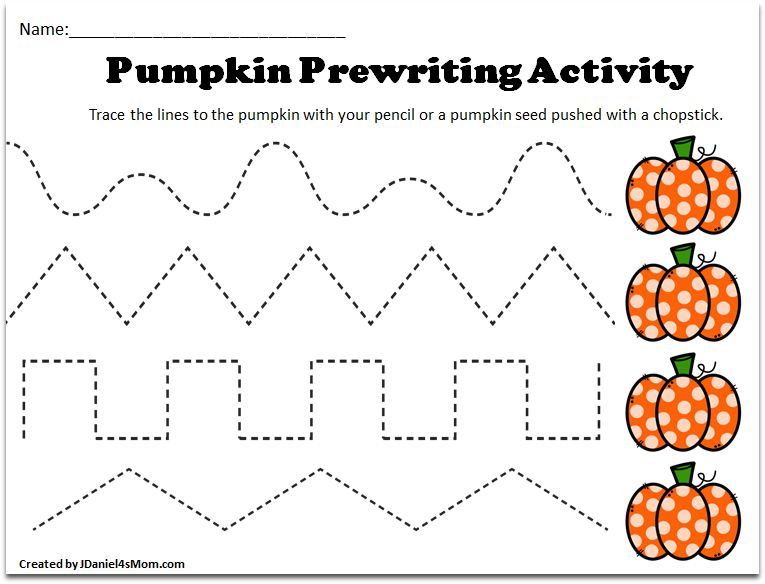 The table and chair must be the correct size for your child's age. The legs should touch the floor with the entire foot, and the forearms should be comfortably located on the table top (about the elbow). To prevent your child's feet from hanging or dangling, use something as a proper size stand, such as a shoe box.
The table and chair must be the correct size for your child's age. The legs should touch the floor with the entire foot, and the forearms should be comfortably located on the table top (about the elbow). To prevent your child's feet from hanging or dangling, use something as a proper size stand, such as a shoe box. - Learning new skills. When you teach a child something new, be sure to demonstrate how it is done by repeating your movements over and over again, and also, if necessary, provide some physical guidance so that the child can feel how this or that movement is performed correctly. Ask your child to copy all your actions after you, it will be better than repeating the diagram drawn in the book.
- Play and draw on vertical surfaces. Place toys or paper at or above eye level. The child will keep his hand on the weight and this will allow his wrist and hand to take a comfortable position in which it is best to train to strengthen small movements, improve muscle control and accuracy.
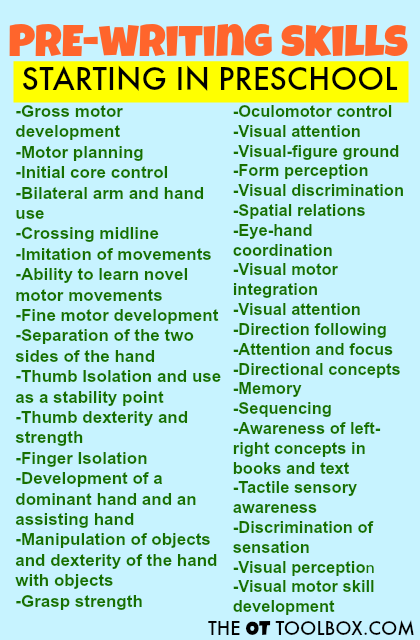
Ways to strengthen the muscles of the shoulder, forearm and wrist
- Table easels or table stands can be used to perform various exercises while sitting. And magnetic and slate boards, games with stickers, letters and numbers, fridge magnets can be used to strengthen the muscles of the upper body in a standing position.
- When your child expresses a desire to look at color illustrations in books, paint pictures or put together a puzzle, invite him to do this while lying on his tummy on the floor (on the carpet), resting his hands on his forearms. This will help strengthen them.
- It is also useful to play games during which it is necessary to hold on to something, tensing not only the muscles of the hand, but also the arms in general, for example, tug of war or walking the dog while holding it on a leash.
- Also use special playground equipment, be it climbing walls for children or all sorts of horizontal bars.
Development of fine motor skills of the hand
- Encourage activities that require active use of the fingers.
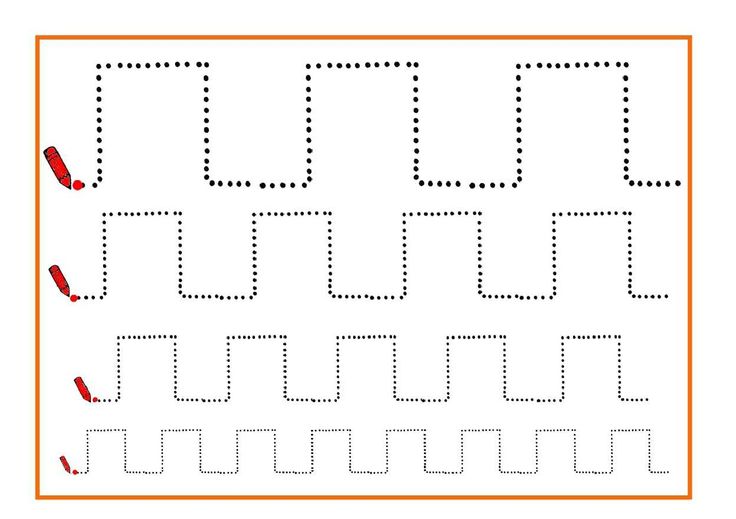 For example, while playing with Lego blocks, while resting the large muscles of the arms, have the child rest his elbows on the table so that the forearms are perpendicular to the tabletop; in this position, his fingers will be able to freely and comfortably work on connecting small parts of the designer.
For example, while playing with Lego blocks, while resting the large muscles of the arms, have the child rest his elbows on the table so that the forearms are perpendicular to the tabletop; in this position, his fingers will be able to freely and comfortably work on connecting small parts of the designer. - Use large plastic beads that can be strung on a special string, or have your child lace something up.
- Let your little one put coins in a piggy bank, play with rag dolls to put on his hand, or play with a spinning top (spinning top) with specific scrolling movements of his fingers.
- It is also useful to use small children's tweezers to grab cotton balls, tompons, cubes, etc.
Development of hand-eye coordination
- Have the child roll, throw and catch large balls.
- Plays balloon volleyball, tosses and catches a scarf.
- Let him draw and make all kinds of sketches.
- Uses coloring by painting over simple shapes or geometric shapes, including bright fluorescent or glitter paints (with a "magic" effect).

- Pours soapy water with a ladle and a small spoon into containers of various sizes.
- In addition, develop his proprioceptive skills - sensations of the position and movement of your body in space (how exactly and in what direction, for example, an arm or leg moves).
- Sing along with your child songs to which certain movements can be made, such as "Dance of the Little Ducklings".
Give your child opportunities for sensory development
- Hide coins, balls, beads or other small objects in the sand or rice so your child can feel them.
- Draw shapes and lines by hand on special sandpaper or shag carpet.
- Place various everyday items in the bag, such as keys, brush, spoon, eraser, paper clips, etc. Let your child recognize them without looking, just by tactile sensations.
Pre-writing (pencils and pens not required)
- Have the child draw any lines, shapes or letters they want with their finger on the cake or cream on the cake, they can be drawn with shaving cream in bath or water on the sidewalk, or even your parents' fingers on the sand.
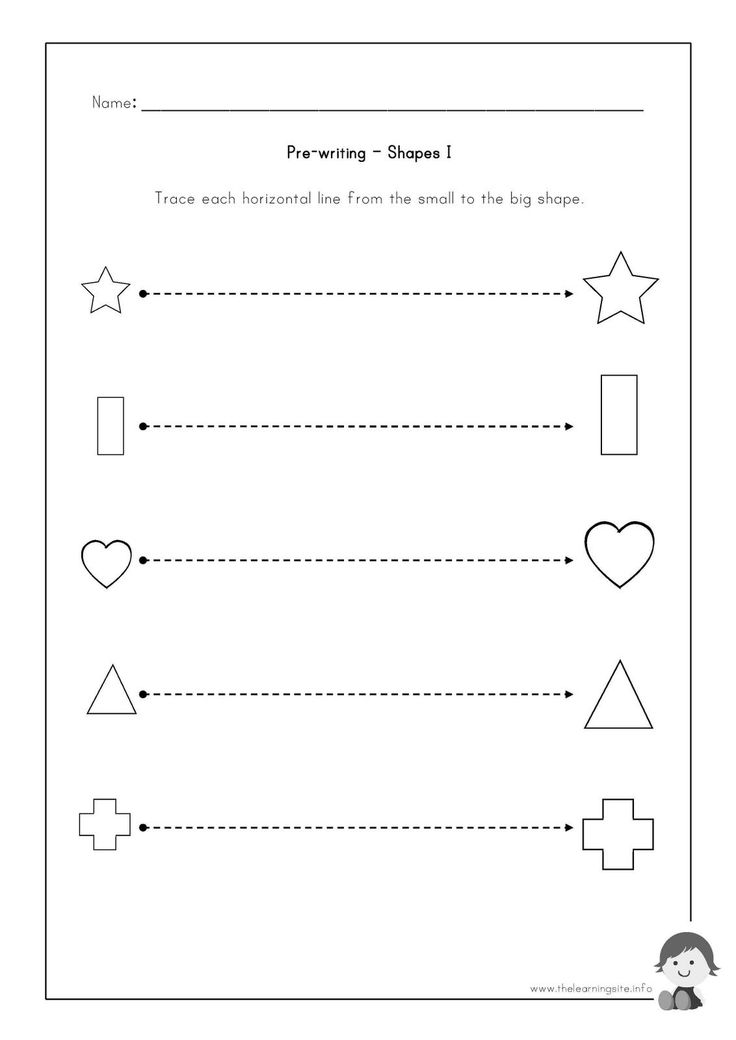
- Play games to identify certain letters in shop signs or billboards.
- Play with words that can be put together like a puzzle using cut out letters, also use magnetic letters and letters molded with plasticine with your child.
Most importantly, enjoy this exciting and educational process and remember that playing for a child is his job!
What are writing skills and how to improve them?
Have you ever sent an e-mail that no one seemed to understand, ending up behind the schedule of the entire project? Or did you write a report that you then had to verbally explain to everyone after they read it?
Even if you're not into writing, which is a major component of your professional responsibilities, you probably use your writing skills every day to communicate with others via text messages (whether via email or Slack, monthly or quarterly report, in the form of a project update, or otherwise). In fact, strong written communication skills are one of the top qualities employers look for, no matter what job they are hired for.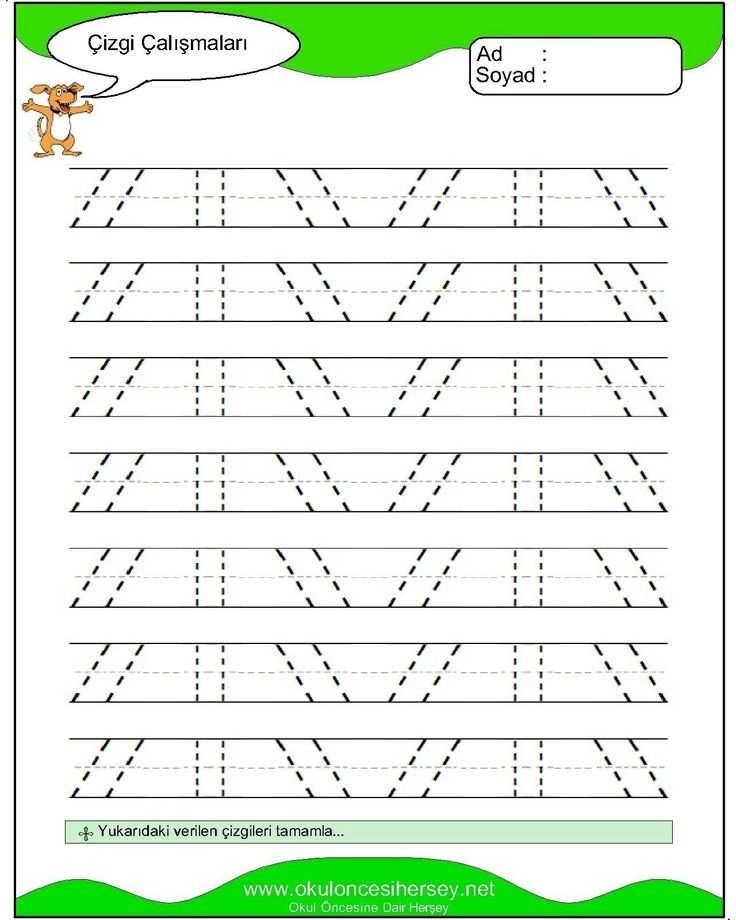
There are several different types of writing skills, and with practice you can strengthen them—and show them off on your next job search.
Why are writing skills important?
If you are a writer or a writer (eg marketing), you may already know how your writing skills help you on a daily basis. But even if you don't work in any of those jobs, "writing is an essential skill in the workplace, especially today with more and more people working remotely," says Muse career coach Jennifer Smith, founder of Flourish Careers. In an increasingly online world, there is "less face-to-face communication and more written communication."
Strong writing skills will help you communicate with others without having to schedule a meeting or phone call. They ensure that readers understand the key points of what you are trying to convey, come away with the ideas and impressions you want from them, and, in many cases, take action to do what you hope they will do.
“Most professionals have to write business emails,” says Muse career coach Tara Goodfellow, owner of Athena Consultants. Emails can be used to keep your team informed about a project, request information from a colleague, or keep track of a meeting with clear next steps. And in some cases, email is how you make a first impression on a new person. For example, if you're an account manager and you're communicating with potential clients via email or LinkedIn, "a well-written sales pitch to an important client will increase your credibility and help you land a new client," Smith says.
Emails can be used to keep your team informed about a project, request information from a colleague, or keep track of a meeting with clear next steps. And in some cases, email is how you make a first impression on a new person. For example, if you're an account manager and you're communicating with potential clients via email or LinkedIn, "a well-written sales pitch to an important client will increase your credibility and help you land a new client," Smith says.
You probably also use writing skills outside of email. Maybe you're preparing presentations that include text, or you need to write a report on the results of something you've done or researched. Or maybe you're going on vacation and writing down what you need to let your teammates or reports know or be taken care of while you're away.
Writing is something that others can return to at any moment, as opposed to verbal communication, which may have to be repeated and which requires the simultaneous presence of both parties.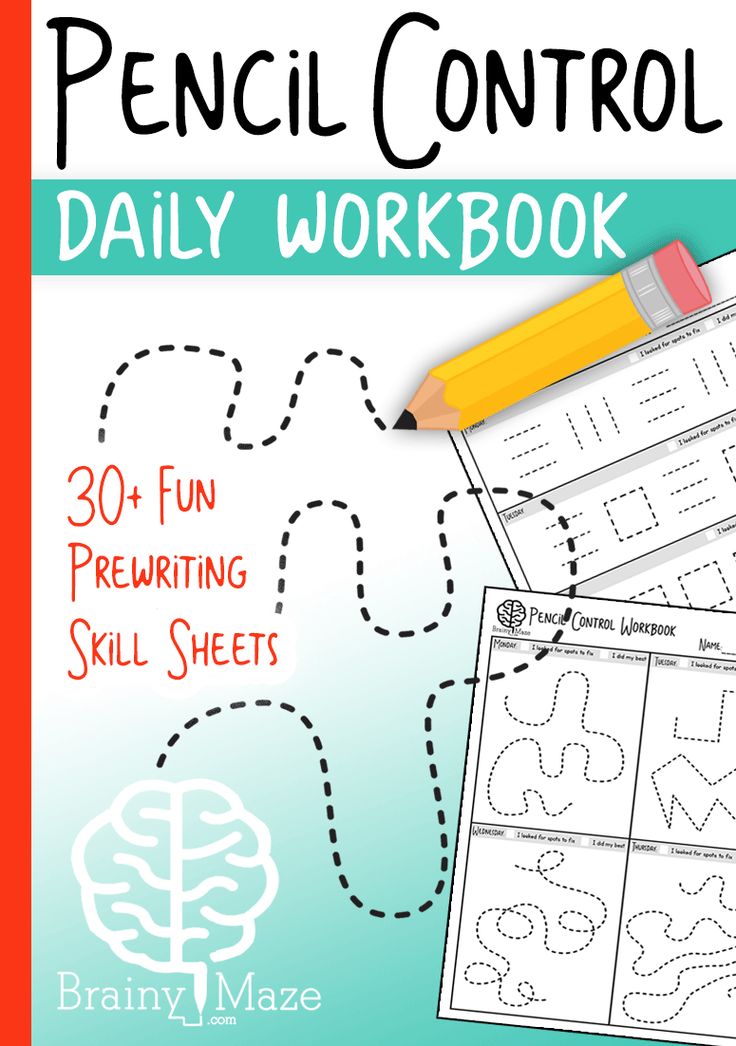 Written records can be especially helpful when you're trying to standardize how your team or company handles repetitive tasks, or when you're training new hires to do them. “Clearly writing and documenting new procedures can ensure future consistency and improve quality control,” Smith says, even if you can't meet and explain processes to every new person who takes them on.
Written records can be especially helpful when you're trying to standardize how your team or company handles repetitive tasks, or when you're training new hires to do them. “Clearly writing and documenting new procedures can ensure future consistency and improve quality control,” Smith says, even if you can't meet and explain processes to every new person who takes them on.
Examples of writing skills
There are several types of skills that combine to make someone a great writer, including:
Research work you write. Gathering up-to-date and accurate information is a key part of writing, and this process can help you figure out what content to include. Depending on what you're writing, research may involve studying your target client - whether it's a general target market or an individual company - evaluating sources for strength and reliability, talking to experts, reviewing and analyzing data, or talking to other members of your communities.
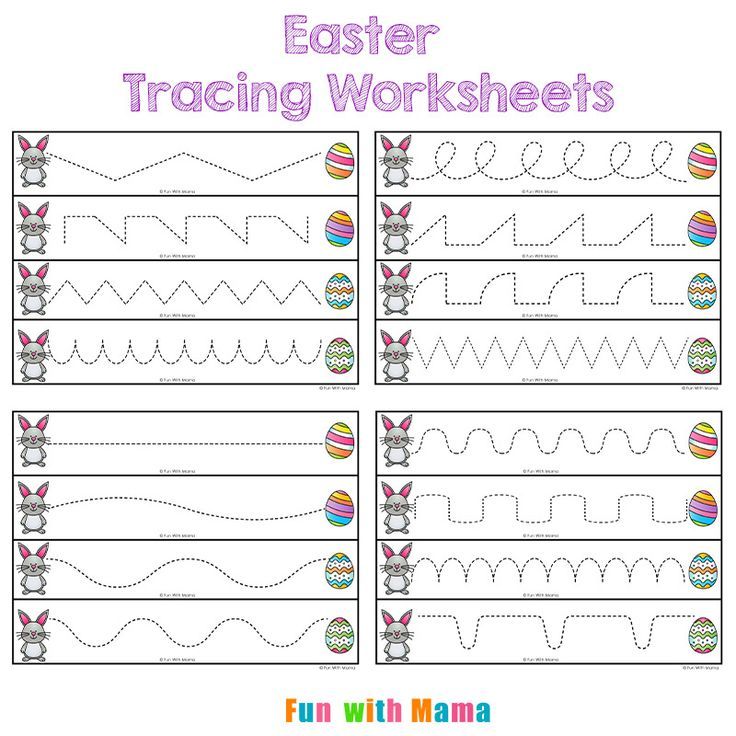 team.
team. Planning and / or description
A plan is a stripped-down outline of what points or topics will be covered in the document you are working on and how you plan to structure the information, which can give you a roadmap to follow as you write. Creating a plan and following it will ensure that you include all the important information in the correct order, and that you don't repeat yourself or stray too far from your point of view. It's often easier to get outside input on a draft than it is to write an entire report or something like that only to find that key information is missing. Planning skills can also be used to plan a non-writing project or process ahead of time, which can be especially helpful if you are delegating or collaborating with others.
Grammar and Clarity
Grammar is a set of rules governing the use of language.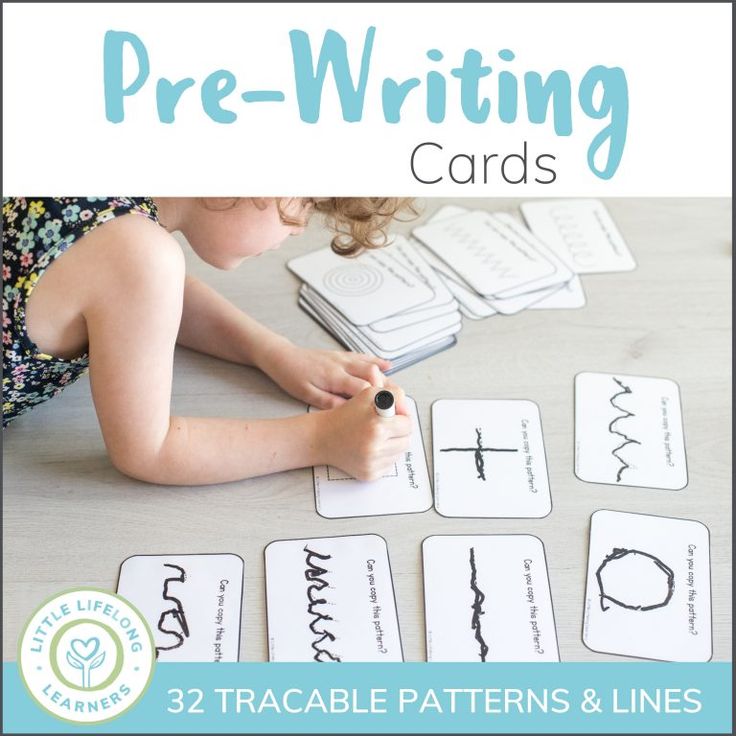 This is what encourages everyone to communicate in the same way and, as a result, to understand each other better. There are many rules of English grammar, and you should definitely know the basic ones. But unless you're a writer or editor, knowing the obscure little quirks of grammar isn't usually required. What needs for is to know how to construct a clear, easy to read, and understandable sentence so that you can communicate in writing.
This is what encourages everyone to communicate in the same way and, as a result, to understand each other better. There are many rules of English grammar, and you should definitely know the basic ones. But unless you're a writer or editor, knowing the obscure little quirks of grammar isn't usually required. What needs for is to know how to construct a clear, easy to read, and understandable sentence so that you can communicate in writing.
Checking and editing
Editing is the process of correcting and changing your own or someone else's text to enhance it. You may revise or edit to make significant changes to the structure, organization, or content of the work. Or you can proofread part of the letter by checking for any spelling errors, grammatical errors, or typos. In other cases, you can adjust sentences or paragraphs to make them sound better or reflect a certain tone. Strong editing skills can be useful in a variety of professional situations, from reviewing a report or presentation for a colleague to finding an error in an email you're about to send to the entire company.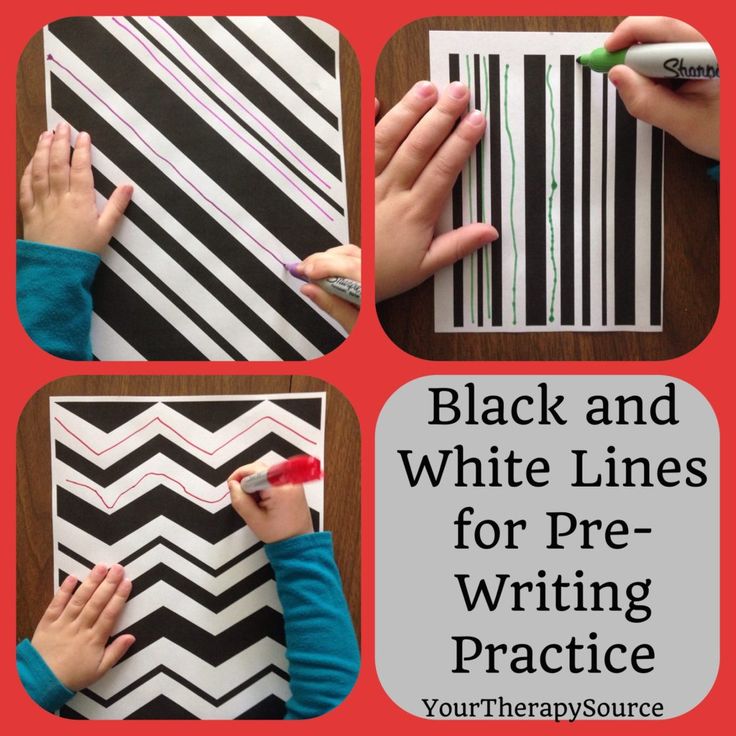
Skills communication
Even if writing is not a major part of your job, you will most likely use it to communicate in the workplace. This could mean composing an email, sending a message to someone on Slack or Teams, sending feedback, creating a meeting agenda, or updating a project. Being able to communicate clearly in writing will help your work flow more smoothly, increase your chances of getting what you want and need from others, prevent misunderstandings, and make your colleagues feel informed and engaged, ultimately strengthening your professional relationships. .
9 tips to improve your writing skills
“Good writing can help you stand out and get ahead,” says Smith. So how do you improve your writing skills? Here are some tips:
1. Refresh in memory basics grammar
If you already feel your eyes glaze over, don't worry.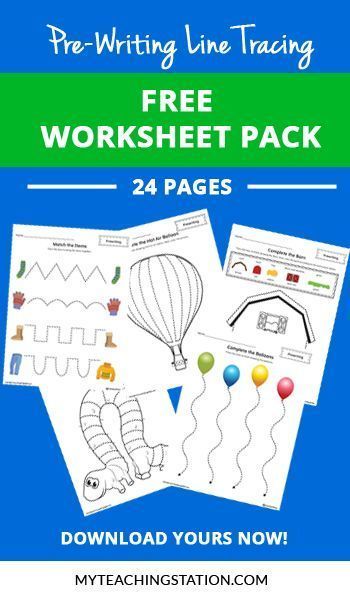 Unless you are a writer, editor, or similar, you don't need to know who is or who is and when to use the em dash or semicolon (and to be honest, editors don't always know all these things.). But you must know the basics: how to write in whole sentences, not fragments or repetitions; how to use quotes and commas in typical scenarios; and when to use there, they or them, to name a few.
Unless you are a writer, editor, or similar, you don't need to know who is or who is and when to use the em dash or semicolon (and to be honest, editors don't always know all these things.). But you must know the basics: how to write in whole sentences, not fragments or repetitions; how to use quotes and commas in typical scenarios; and when to use there, they or them, to name a few.
2. Read ( and read ) type 9 letters which you want to improve
One of the best ways to improve your writing is to read a lot. Notice how the letter resonates with you, and take a close look at the letter to see how it's written. Does he use a lot of technical words? Is the tone conversational or more serious? Does the writer use a lot of short sentences, mostly long sentences, or both?
Reading of any kind can help you gain insight into the various ways in which all elements of a letter can be effectively combined. But it can be especially helpful to focus on the same types of writing that you want to improve. Reading Shakespeare is great if you enjoy it, but it's unlikely to improve your email. If you want to elevate your marketing text, technical reports, or sales pitch writing, you should study these types of writing more closely.
But it can be especially helpful to focus on the same types of writing that you want to improve. Reading Shakespeare is great if you enjoy it, but it's unlikely to improve your email. If you want to elevate your marketing text, technical reports, or sales pitch writing, you should study these types of writing more closely.
3. Select correct format for situations
You must quickly inform your boss about what you have done in the last week. What is the best way to do this? Are you going to open a new Google Doc and write a five page report covering every detail? Probably no. You will most likely type an email with a few short paragraphs or bullets that cover key points in a way that your boss can read quickly.
On the other hand, if you're detailing the results of a week's worth of research, this five-page report may be useful to your line manager or a teammate who needs to know about your process.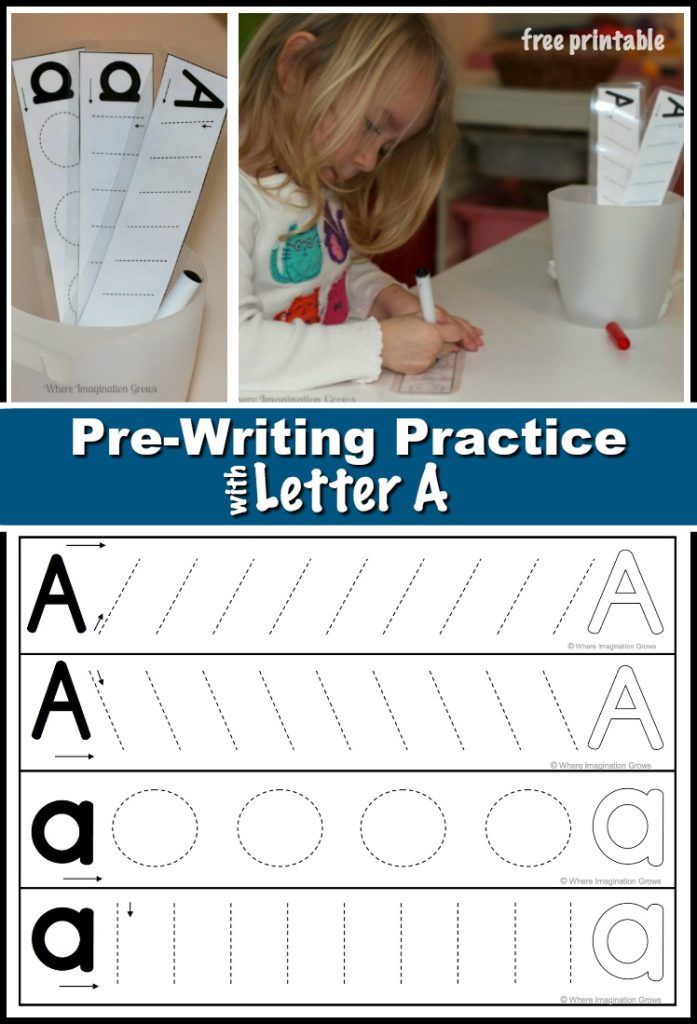 But if you're sharing those results with another department, it might make sense to convey only the key findings or actions in a PowerPoint presentation with a few bullet points or a short summary on each slide.
But if you're sharing those results with another department, it might make sense to convey only the key findings or actions in a PowerPoint presentation with a few bullet points or a short summary on each slide.
Knowing and choosing the right format for a given piece of email—depending on your goals and intended audience—will give you the right amount and type of space to share what you need, as well as getting your readers' expectations right. Returning to the previous example, if your manager sees a Slack message, he will expect it to take no more than a few minutes to read, but if you send him a long document, he will be ready to receive a lot of information. (and may refrain from reading until they have had the time needed to digest it).
4. Sketch Plan , Before than Write
Especially when you write something longer or especially important, preliminary sketches can make a finished project more strong and make more strong and make more strong and make it stronger the process is smoother.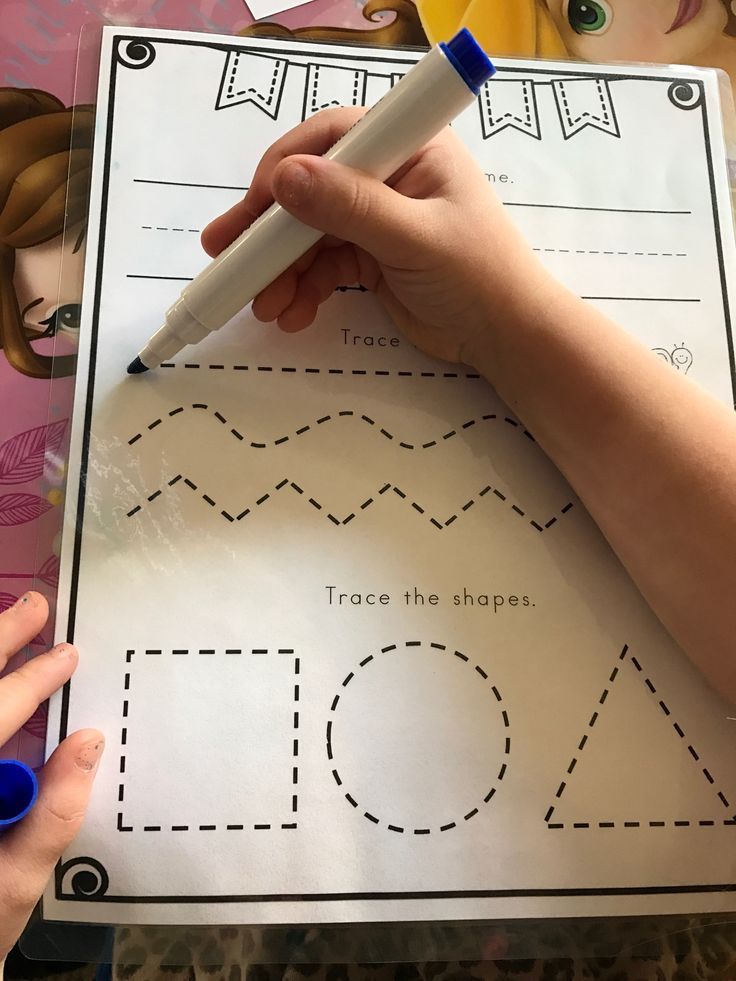 The best way to sketch will depend on your personal preferences and what you are writing.
The best way to sketch will depend on your personal preferences and what you are writing.
In most cases, you will want to divide your outline into sections (whether those sections are chapters, paragraphs, slides, or whatever) and note the purpose of each section. Why is it included and what question does this section answer your reader? Once you know this, you can quickly note what information should be in this section of your article. When drawing up a plan, make sure the order of the sections makes sense. Would anyone need some of the information or context currently planned for a later section to understand what you're talking about here? Move this information or section up in your plan.
If you have several items you would like to cover but don't know in what order or how they fit together, a plan can be even more helpful. Write down each key point in a way that is easy to move around—like a bulleted list in a Word or Google doc, or even individual index cards—and start by grouping similar and related items together.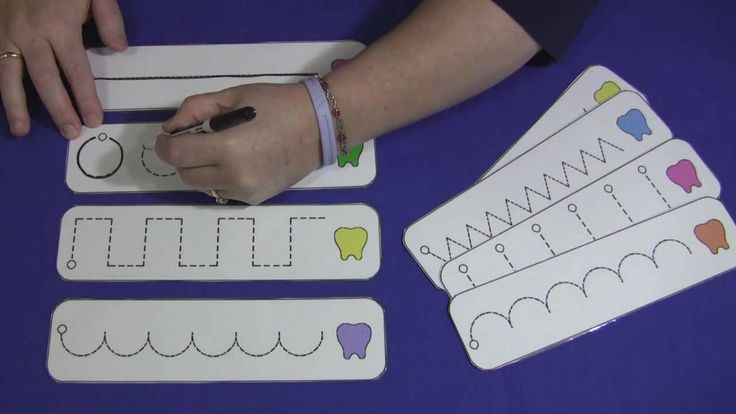 Then organize these groups in a way that makes them logical. If you're not sure about your key points yet, you can do the same exercise with all the little pieces of information you want to include, and formulate the key points once you see how all of your information fits together.
Then organize these groups in a way that makes them logical. If you're not sure about your key points yet, you can do the same exercise with all the little pieces of information you want to include, and formulate the key points once you see how all of your information fits together.
5. Be In Court You are Audience and Suitable for ) who will read and what language is appropriate.
Consider how formal your language is - if you scold a teammate, you may be more relaxed in your tone and choice of words than when you're emailing a client or preparing a presentation to stakeholders. In most professional situations, you should omit emoticons and avoid multiple punctuation unless the situation really calls for it. “Rarely ‘!!!!!!’ is necessary,” says Goodfellow. And don't write in capital letters unless you really want to scream.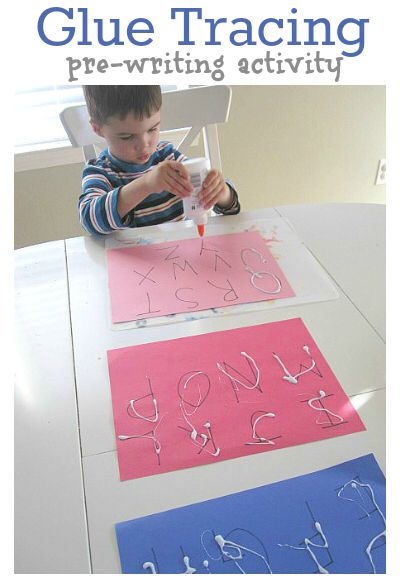
Before writing, pay attention to the level of knowledge of your audience on the topic. “If they know about the situation, they [may] not need a lot of details,” says Goodfellow. For example, if you're informing other members of the development team about a feature you've coded, you might use technical jargon and skip the backstory, but if you're writing about a new feature on a client blog, you might need to explain things in a bit more detail, choose more common words. and explicitly state why it is important to them.
Before finishing any text, take the time to reread it, taking into account the audience's point of view. “Keep in mind that how you intend to write an email may not match how it will be received,” says Goodfellow. The tone is hard to convey in text, especially humor, and you shouldn't imply an attitude you don't mean. Whether you're replying to an email thread, posting a comment in an ongoing thread, or somehow continuing the conversation, try to reflect the tone of the messages ahead of your own, Goodfellow says.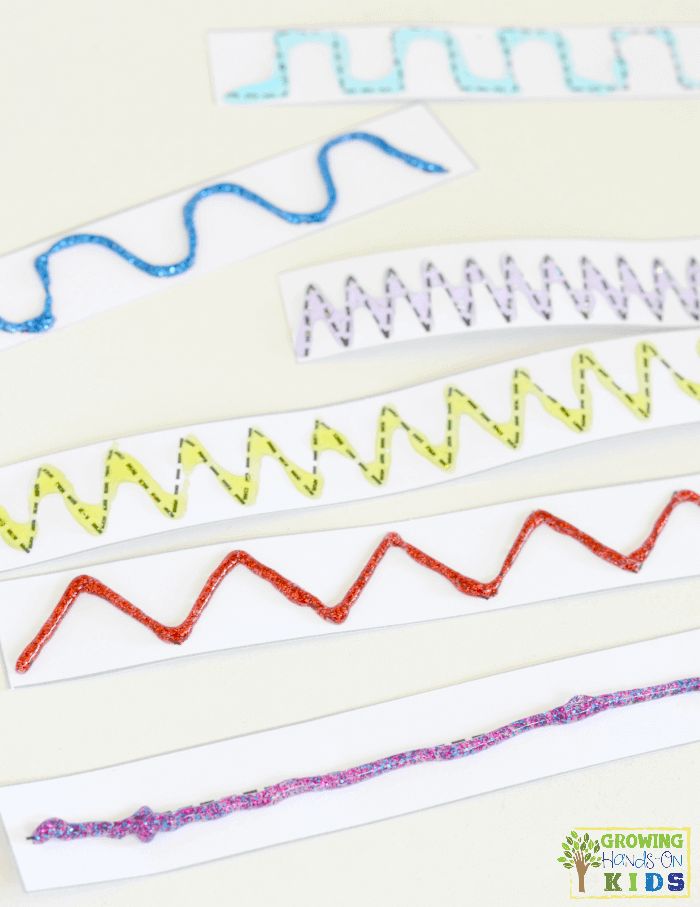
6. Pay attention to mechanics of your writing
to make reading easier comprehension:
- Don't use difficult words when simple words will do. If you feel like you've used the thesaurus function every few words, it's likely to distract your reader or cause them to lose focus. You will also get an incoherent tone and you risk that someone does not understand what you want to convey.
- Vary offers. If all of your sentences are the same length or have the same structure, your letter can become tedious to read. “One common problem I see is every sentence that starts with “I,” says Goodfellow. Think: "I want [x]. I need [y]. I would like [h]. It gets repetitive and it's easier for the reader to lose their place if everything looks the same.
- Use specific words and phrases.
 Be as clear as possible about what you mean, rather than using vague words such as "things" or phrases such as "and so on." This practice will make your writing stronger and easier to read.
Be as clear as possible about what you mean, rather than using vague words such as "things" or phrases such as "and so on." This practice will make your writing stronger and easier to read. - Don't repeat yourself. When you write and speak, it is common to say the same thing several times, but in slightly different ways. Repetition can unnecessarily clutter up your text and draw people's attention into leaving it out.
- Remove filler words and filter language. Words like "simple" and "that" are often not needed to get your point across and weight the text. You should also look at any adverbs and adjectives you use to see if a stronger, more specific noun or verb would help. Similarly, filtering out words like "I think" or "Looks like" can weaken your message and make you less confident. The use of filtering expressions is especially characteristic of women who have been socialized to soften their opinions so as not to offend.

- Walk your reader through each of your points. Move smoothly from one topic to another. If you spent the last paragraph discussing a project you completed last week and then jump right into the upcoming project without jumping to it, your reader is likely to be confused. And for each new item, make sure your reader understands why you're bringing it up and how it relates to the overall topic.
7. Get reviews about your writing
If you want to improve your writing skills, getting other people's opinions on how you are doing right now can be extremely helpful. You may not realize that you tend to use the wrong form of "your" or that your sentences are too long. But maybe someone else. People also often use the same words and phrases over and over without realizing it. Similarly, you may think you are writing clearly and to the point, but the reader may feel that key context is missing.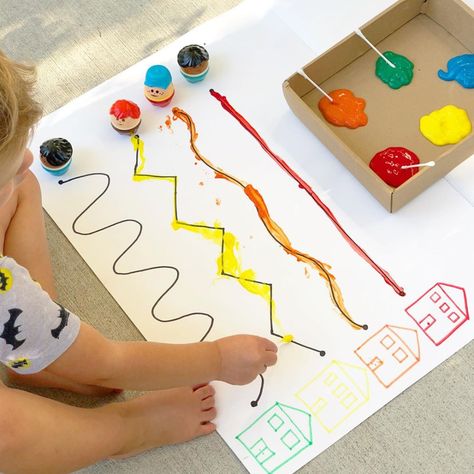 When you receive feedback from multiple people or multiple articles, pay attention to any comments or critiques you've received more than once and focus on that area first.
When you receive feedback from multiple people or multiple articles, pay attention to any comments or critiques you've received more than once and focus on that area first.
Ask a teammate, manager, or someone else whose opinion you trust to look at what you've written and ask what might make your writing stronger. (If it's someone you work with, it's easiest to ask them to write a review that they need to read anyway.)
According to Smith, depending on the text you want to work on, you can also join a writing group or community where people exchange texts and critique each other. You can find writing workshops (both online and in person) at universities and other community programs - these often cost money but are run with an experienced instructor or facilitator - or you can find (usually free) writing groups online. Meetup.com and professional organizations are great places to start looking.
8. Proofreading
No matter what you write, a final review for typos or errors can save you a headache in the long run.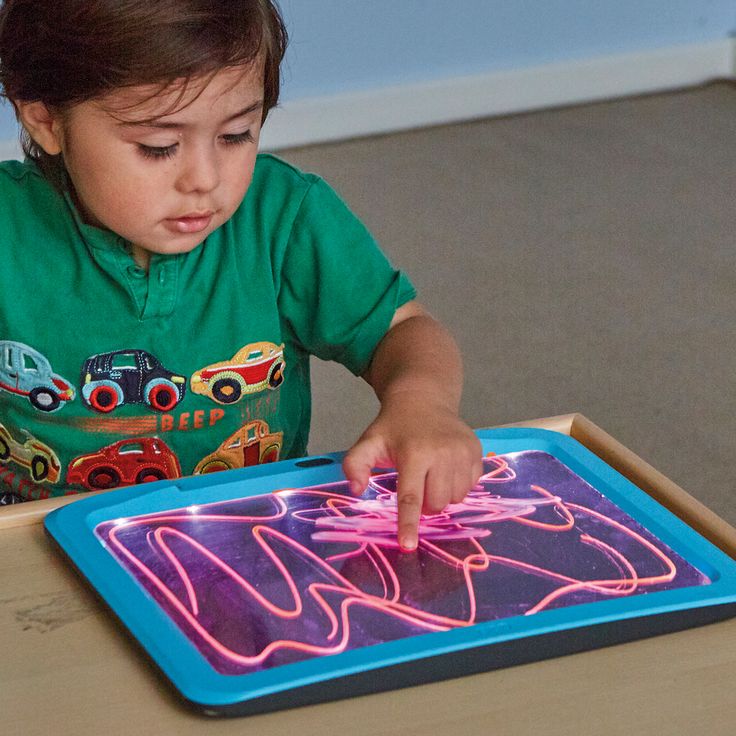 Have you contradicted yourself somewhere or missed a verb from a sentence? Read everything you have written aloud, if possible. Sometimes everything looks normal on the screen, but when you try to say it, you realize that something is wrong. Similarly, you can print out your letter and correct it on paper, Smith says. Often this is enough to see your text differently, making it easier to spot errors. If the text has higher stakes or the impression it makes on the reader is significant, try to get someone else to read it, Goodfellow says.
Have you contradicted yourself somewhere or missed a verb from a sentence? Read everything you have written aloud, if possible. Sometimes everything looks normal on the screen, but when you try to say it, you realize that something is wrong. Similarly, you can print out your letter and correct it on paper, Smith says. Often this is enough to see your text differently, making it easier to spot errors. If the text has higher stakes or the impression it makes on the reader is significant, try to get someone else to read it, Goodfellow says.
9. Use Technical Instruments in quality Funds , 9000 9,0002 that "correct" your writing, such as WritingProAid, Sapling, Grammarly, and even the spelling and grammar checkers built into word processors. According to Smith, these tools make it easier to write good copy. But they should not be your only source of truth.
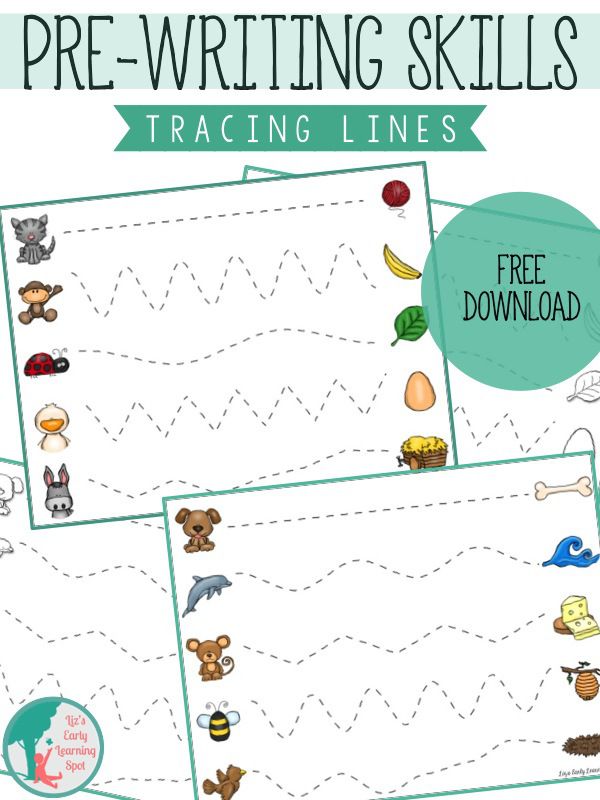 Computer programs tend to miss key context that human readers can understand. "Spell checking can help, but there are many words that are 'correct' but may not be what you want," says Goodfellow.
Computer programs tend to miss key context that human readers can understand. "Spell checking can help, but there are many words that are 'correct' but may not be what you want," says Goodfellow. None of these tools should replace careful proofreading. As a professional editor, I use tools like this to draw attention to potential errors, but I always look at their suggestions before accepting them and see if they are actually correct or clear. I also carefully look for errors that the tools didn't catch at all. Computer programs can easily miss homophone confusion, tense transitions between sentences, incorrect word choice, and other problems. And sometimes you may need to write in a style that these tools are not programmed to support. For example, if you're writing about investing, they might flag stock tickers and common financial abbreviations as errors.
Demonstrating your writing skills when applying for a job
If you are applying for a writing job, you may be asked to submit a sample letter with your application or take a skills test at some point during your interview.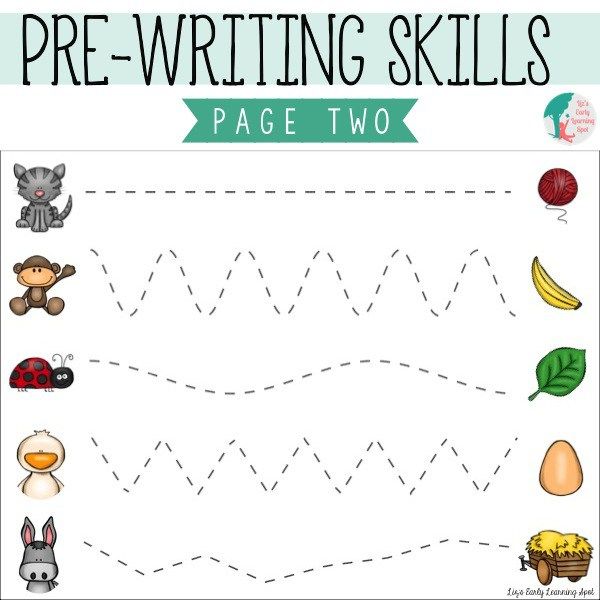 But you can showcase your writing skills at other stages, no matter what job you're applying for.
But you can showcase your writing skills at other stages, no matter what job you're applying for.
In your resume
If a particular type of writing skill, such as social media copy experience or familiarity with a particular style guide, is not listed in the job description or is clearly not of great value to a particular position , your writing skills don't usually fall under your skills - at least not where recruiters and hiring managers will look for them. Instead, they will look at how your resume is written to see these skills in action. Here are some guidelines to follow:
- Use correct and consistent grammar - no random tenses of verbs.
- Write clear and concise bulleted lists, taking care to choose specific words and strong, active verbs.
- Avoid vague or overused words. This means avoiding context-free buzzwords like “passionate” and “synergistic,” which may sound flashy but mean nothing on their own.
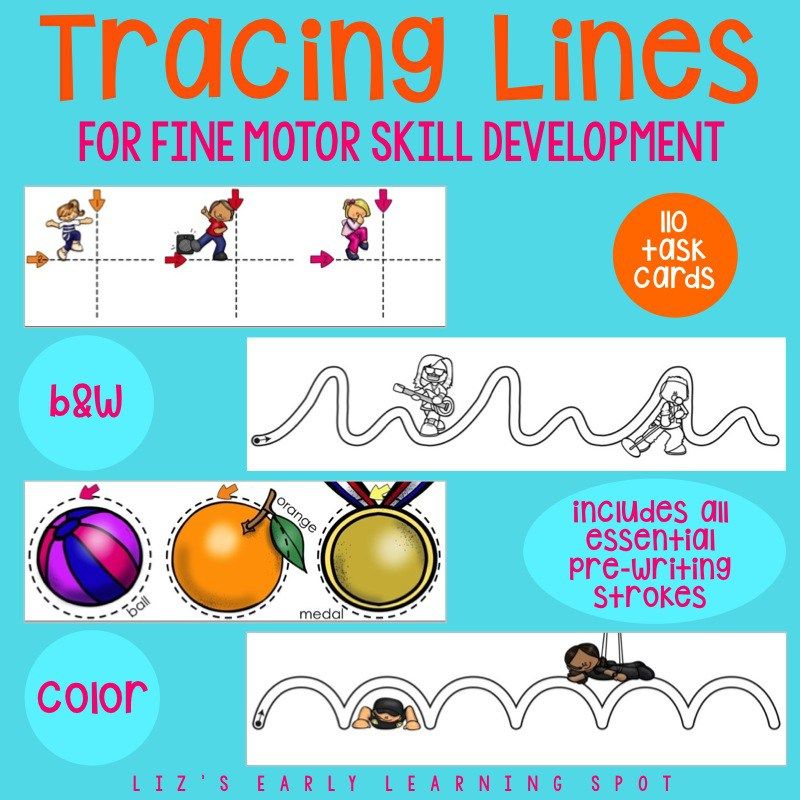 And instead of words like “managed” and “supervised,” Smith says, aim for words that are interesting and creative, but also clear and specific that the recruiter hasn’t seen a thousand times that day.
And instead of words like “managed” and “supervised,” Smith says, aim for words that are interesting and creative, but also clear and specific that the recruiter hasn’t seen a thousand times that day. - Correction!
If you work in a field where writing is a major component of your job, you can also refer to writing examples directly from your resume, even if you are not asked to provide them, to further demonstrate your skills.
In the cover letter
When writing a cover letter (and you must write a cover letter), you will want to follow all the same tips as when writing a resume. But cover letters give you more opportunities to really showcase your writing skills. Instead of listing your qualifications, use your cover letter to write concise but compelling anecdotes that together form a cohesive story about why you're the right fit for the job. Select past experiences that are relevant to the job you want and support your overall story.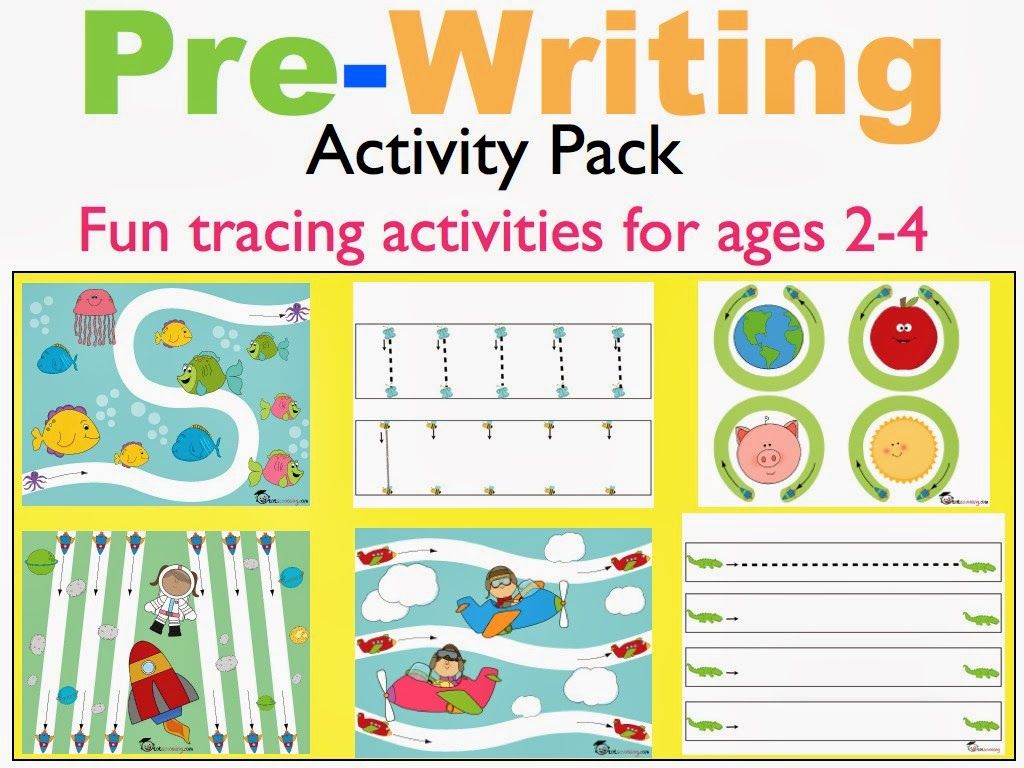 Make sure that your sentences and paragraphs are logically structured, and it is always clear why they include information. You can also add more voice and personality to your cover letter than your resume to give the reader an idea of who you are as a person.
Make sure that your sentences and paragraphs are logically structured, and it is always clear why they include information. You can also add more voice and personality to your cover letter than your resume to give the reader an idea of who you are as a person.
throughout total process interviews
Of course, interviews are not often conducted in written form. In fact, unless there are good reasons for doing so (for example, for you or the interviewer, you need to grant a disability), a full-text interview can be a red flag for job scams.
But you will still communicate with your potential employer by email throughout the process. “Spending time putting together well-written email responses is a great way to make a strong first impression,” Smith says. "Recruiters and hiring managers will notice the difference between well thought out responses and hasty comments."
Remember that you are being judged not only for your ability to do a particular job, but also for your potential as a teammate.